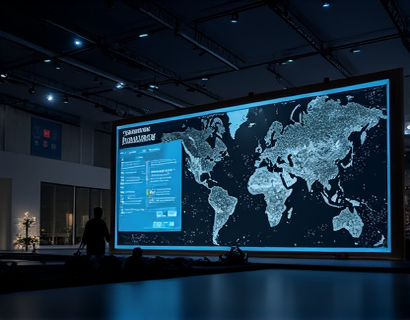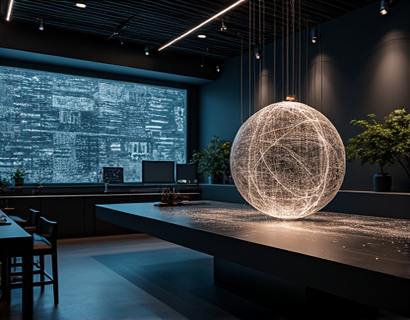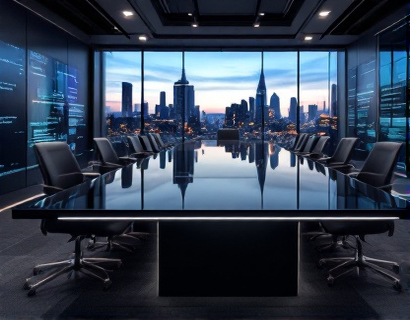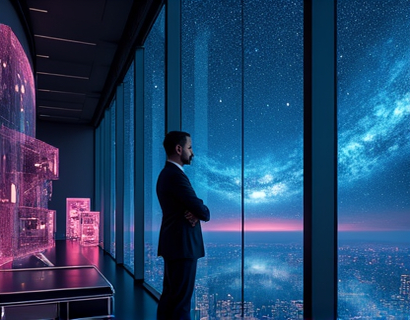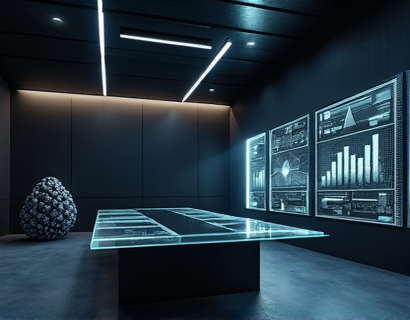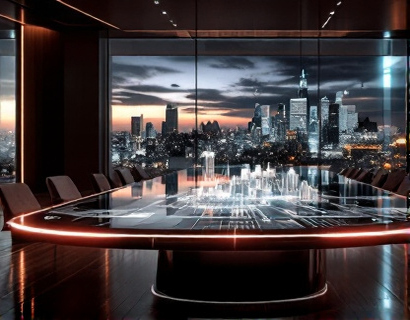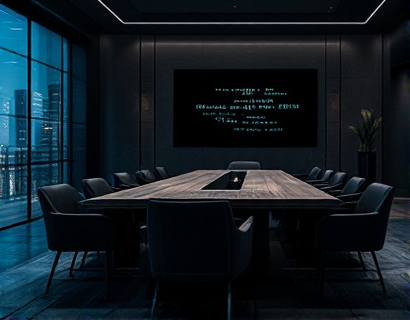Transforming Daily Life with Augmented Reality E-Commerce
In the rapidly evolving world of technology, augmented reality (AR) has emerged as a transformative force, particularly in the realm of e-commerce. This innovative technology overlays digital information onto the physical world, creating immersive and interactive experiences that were once the stuff of science fiction. For tech-savvy consumers eager to enhance their lifestyle, AR e-commerce offers a unique opportunity to explore and integrate cutting-edge products into their daily lives. This article delves into the ways AR is revolutionizing online shopping, providing insights into how this technology can elevate your lifestyle and offer practical solutions for everyday challenges.
Understanding Augmented Reality in E-Commerce
Augmented reality in e-commerce is not just about adding a futuristic twist to shopping; it's about creating a more informed, engaging, and personalized shopping experience. Unlike traditional online shopping, where customers rely solely on images and descriptions, AR allows users to visualize products in their own environment before making a purchase. This technology bridges the gap between the digital and physical worlds, offering a more intuitive and interactive way to explore products.
For instance, furniture shoppers can use AR apps to see how a sofa would look and fit in their living room without ever leaving their home. This not only saves time but also reduces the likelihood of returns, as customers can make more confident purchasing decisions. The integration of AR in e-commerce is not limited to furniture; it extends to fashion, beauty, home decor, and a myriad of other categories, each benefiting from the unique capabilities of AR technology.
Enhancing Product Visualization
One of the most significant advantages of AR in e-commerce is the enhanced product visualization it provides. Traditional e-commerce platforms often struggle with accurately representing products through static images or basic 3D models. AR solves this by allowing customers to see products in a more lifelike and interactive manner. For example, in the fashion industry, AR enables users to virtually try on clothes and accessories, seeing how they look without the need for physical items. This not only enhances the shopping experience but also increases customer satisfaction and trust in the brand.
In the beauty sector, AR allows users to test makeup and skincare products virtually. By using their smartphone cameras, consumers can apply virtual makeup and see how different shades and styles suit their skin tone and features. This level of interactivity not only makes the shopping process more enjoyable but also helps customers find products that truly meet their needs, reducing the chances of dissatisfaction post-purchase.
Personalized Shopping Experiences
AR technology also paves the way for highly personalized shopping experiences. By leveraging data and machine learning, AR applications can offer tailored recommendations based on a user's preferences, past purchases, and even their current environment. For instance, an AR app could suggest home decor items that complement the existing furniture and color scheme of a user's living room. This level of personalization not only makes the shopping experience more relevant and engaging but also increases the likelihood of customers discovering new products they might not have considered otherwise.
Moreover, AR can provide real-time feedback and adjustments, further customizing the shopping experience. In the context of interior design, users can see how different colors, patterns, and furniture pieces interact with their space in real-time. This dynamic interaction helps users make more informed decisions and creates a more satisfying shopping journey.
Practical Applications in Daily Life
The practical applications of AR in e-commerce extend far beyond just enhancing the shopping experience. These technologies can solve real-world problems and improve various aspects of daily life. For example, AR can assist in home improvement projects by providing step-by-step visual guides. Users can point their devices at a specific area of their home, and the AR app can overlay instructions for tasks such as assembling furniture or installing fixtures. This not only simplifies complex tasks but also empowers users to tackle DIY projects with confidence.
In the realm of fitness and health, AR can transform workouts by providing interactive and immersive experiences. AR fitness apps can project virtual trainers, track movements, and offer real-time feedback, making home workouts more effective and engaging. Similarly, in the field of education, AR can bring learning to life by creating interactive and immersive educational content. Students can explore historical sites, dissect virtual organisms, or visualize complex scientific concepts in a way that traditional methods cannot match.
Building Trust and Confidence
Trust and confidence are crucial factors in e-commerce, and AR plays a significant role in building these aspects. By allowing customers to interact with products in a more tangible way, AR reduces the uncertainty and risk associated with online shopping. When users can see and interact with products before purchasing, they are more likely to feel confident in their decisions, leading to higher conversion rates and customer loyalty.
Moreover, AR can enhance the overall brand experience by demonstrating a commitment to innovation and customer satisfaction. Brands that integrate AR into their e-commerce platforms show that they are forward-thinking and dedicated to providing exceptional shopping experiences. This can significantly boost brand reputation and attract tech-savvy consumers who value cutting-edge technology and personalized service.
Challenges and Considerations
While the benefits of AR in e-commerce are undeniable, there are also challenges and considerations that brands and developers must address. One of the primary challenges is ensuring compatibility across different devices and platforms. AR experiences should be seamless and accessible, regardless of the user's device or operating system. Developers need to focus on creating robust and flexible AR applications that can adapt to various hardware capabilities.
Another consideration is the user interface and user experience (UI/UX) design. AR applications must be intuitive and user-friendly to avoid overwhelming customers. The integration of AR should enhance the shopping experience, not complicate it. Brands should invest in thorough user testing and feedback to refine their AR applications and ensure they meet customer expectations.
The Future of AR in E-Commerce
As AR technology continues to advance, its role in e-commerce is poised to become even more significant. Future developments may include more sophisticated AR experiences, such as haptic feedback, which can simulate the sense of touch, making virtual interactions even more realistic. Additionally, the integration of AR with other emerging technologies like artificial intelligence and the Internet of Things (IoT) can create even more innovative and personalized shopping experiences.
For consumers, the future of AR in e-commerce means more immersive, interactive, and personalized shopping journeys. As brands continue to innovate and refine their AR offerings, customers can look forward to a shopping experience that is not only more enjoyable but also more efficient and satisfying. The combination of AR and e-commerce represents a exciting frontier in retail, one that has the potential to transform how we shop and interact with products in our daily lives.




















